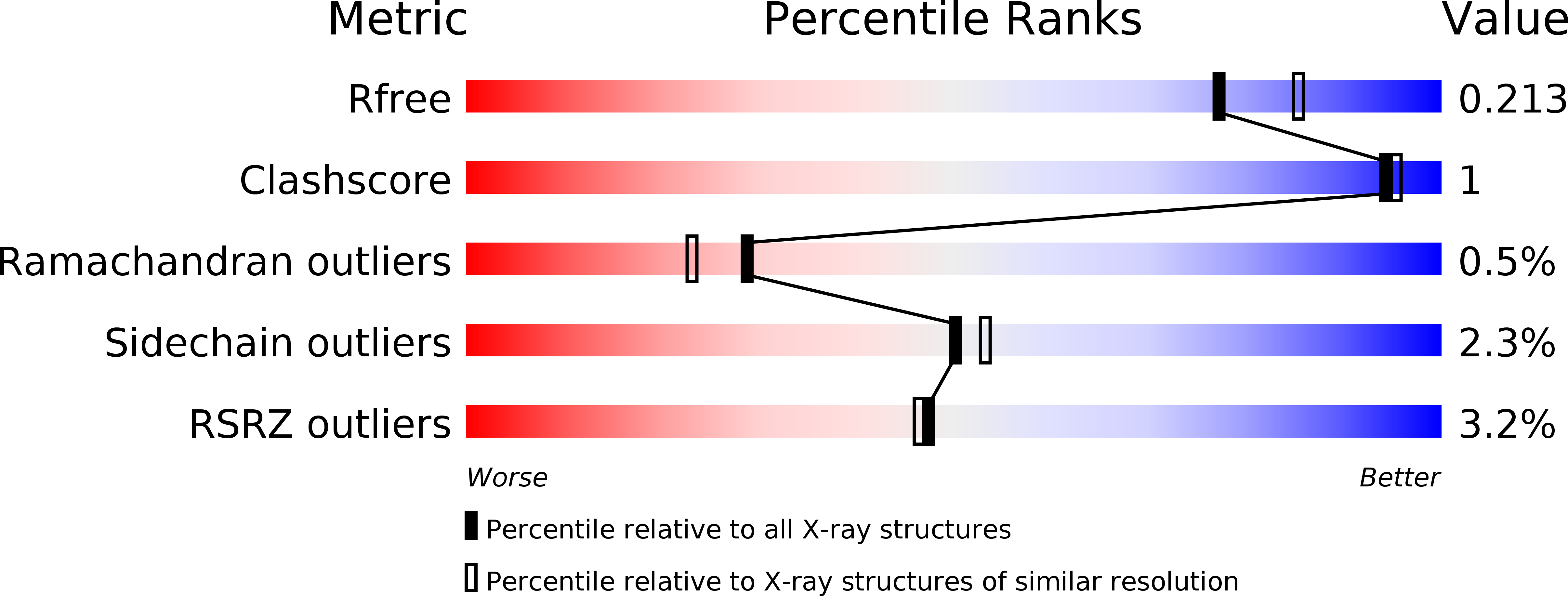
Deposition Date
2003-06-06
Release Date
2004-06-22
Last Version Date
2025-03-26
Entry Detail
PDB ID:
1PKW
Keywords:
Title:
Crystal structure of human glutathione transferase (GST) A1-1 in complex with glutathione
Biological Source:
Source Organism:
Homo sapiens (Taxon ID: 9606)
Host Organism:
Method Details:
Experimental Method:
Resolution:
2.00 Å
R-Value Free:
0.20
R-Value Work:
0.15
R-Value Observed:
0.15
Space Group:
C 1 2 1


